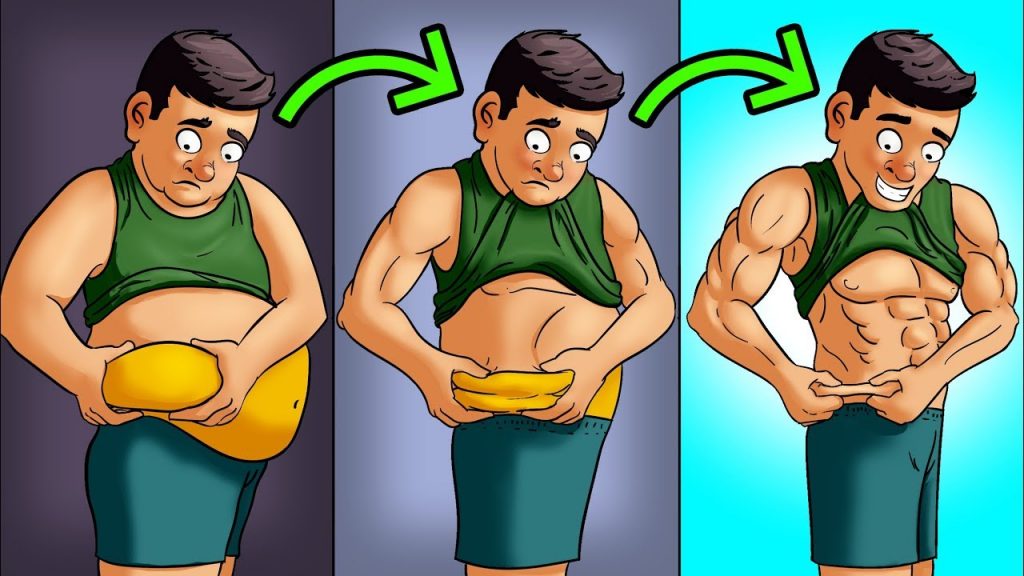The surprising truth of open defecation in India

Its a well known fact that most of the open defecation in the world happens in India, social scientists and the government were struggling to understand why?
Is it because we don’t have enough toilets? Is it because we don’t have enough money? The enormity of the problem was getting worse, 300,000 children lose their lives to preventable diseases related to sanitation and open defecation and most rural children face physical and mental stunting.
The answer as Sangita found in her country wide survey – is couter intuitive and very surprising. Listen to her talk to know the surprising truth of open defecation in India.
Sangita is broadly interested in the politics and economics of inequality and making services work in India.
She grew up in Dallas, Texas, and received a BS from the University of Pennsylvania. After college, Sangita spent several years working in New York in economic consulting but soon became discontent and moved to India where she oversaw a randomized evaluation of a micro-insurance program for farmers in Gujarat with the Centre for Microfinance.
Sangita holds an MPA in Economics and Public Policy with a Concentration in Urban Policy from Princeton University’s Woodrow Wilson School.
What measures can be taken to achieve universal access to safe and hygienic sanitation facilities in India?
The Surprising Truth of Open Defecation in India
Open defecation has been a long-standing problem in India. Despite numerous efforts by the government and non-profit organizations to address it, India remains the country with the highest number of people practicing open defecation in the world. Nearly half of India’s population of over 1.3 billion people lack access to basic sanitation facilities and are forced to defecate in the open.
The problem of open defecation is not limited to rural areas alone. In fact, urban areas in India are equally affected, with people defecating in public places, including railway tracks, open spaces and even in the streets. This issue highlights the enormity of the problem and the urgent need for immediate action to tackle it.
The consequences of open defecation are far-reaching and extend beyond just the lack of basic hygiene. The practice has far-reaching implications on public health, the environment, and social and economic development. It not only leads to the spread of diseases such as diarrhea, cholera, typhoid and hepatitis, but it also contributes towards environmental pollution and degradation.
One of the main reasons why open defecation continues to be a widespread problem in India is due to the lack of access to proper sanitation facilities. Even where toilets are built, their usage is limited as they are often not connected to water supply or unusable due to poor maintenance. Furthermore, cultural beliefs and social norms also contribute to the persistence of open defecation in certain parts of India.
However, it is important to understand that open defecation is not just a sanitation problem, but a complex issue that requires multifaceted and holistic solutions. A lack of political will, inadequate funding and a lack of effective monitoring and evaluation mechanisms have also hindered India’s efforts to address the issue.
Nonetheless, there have been several initiatives and programs launched by the Indian government and non-profit organizations to address the issue of open defecation in India. The Swachh Bharat Abhiyan (Clean India Mission) launched in 2014, aimed at ensuring the construction of toilets and promoting the use of safe and hygienic sanitation practices. Equally important, community-led approaches such as Community-Led Total Sanitation (CLTS) have been successful in changing cultural norms and encouraging communities to adopt safe sanitation practices.
The importance of addressing open defecation in India cannot be overstated. It is a critical component of achieving public health and reducing poverty. It requires a combination of improved infrastructure, behavior change and a strong political will to ensure its success. It also calls for a shift towards sustainable solutions such as the use of renewable energy sources and increased public-private partnerships to drive innovation and investment in the sector.
In conclusion, while open defecation is a challenging issue, it is not insurmountable. India has made progress in recent years but there is still much work to be done. Achieving universal access to safe and hygienic sanitation facilities requires the active participation and collaboration of all stakeholders. It is time for India to take bold and decisive action to break the cycle of open defecation and move towards a cleaner and healthier future.









6 Beauty Tips To Look MORE Handsome *Game Changer*
7 Signs You Are A Heyoka, The Most Powerful Empath
Crossfit Athletes Attempt the US Navy Physical Readiness Test
ADHD As A Difference In Cognition, Not A Disorder: Stephen Tonti at TEDxCMU
How to stay calm when you know you’ll be stressed